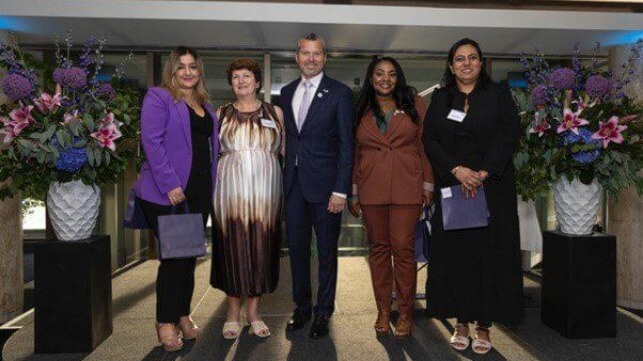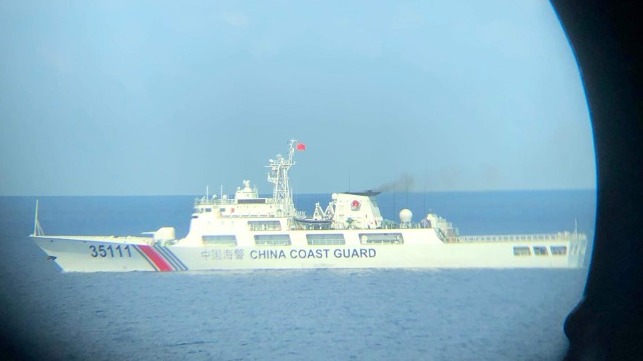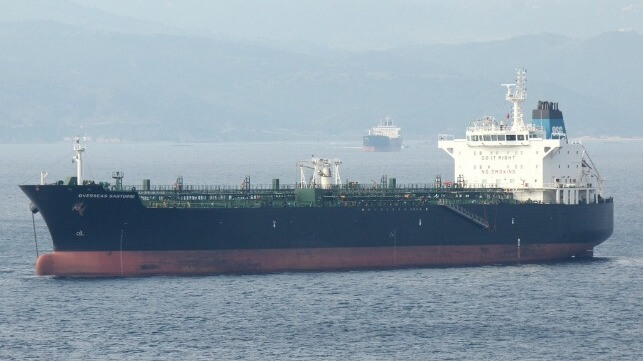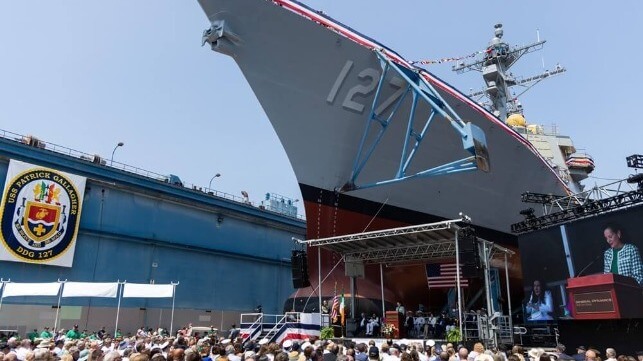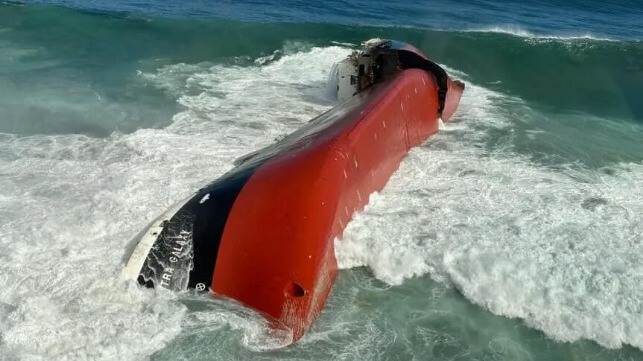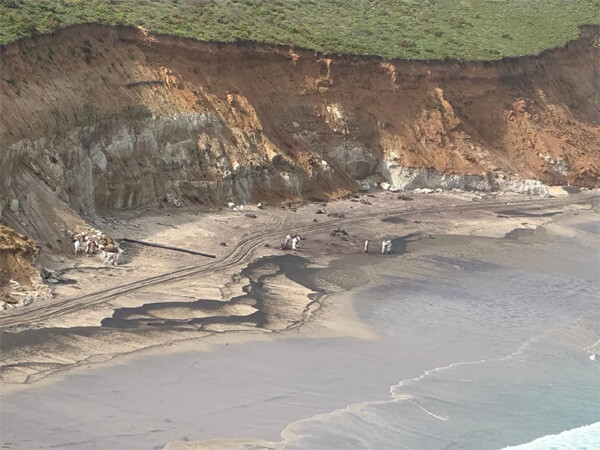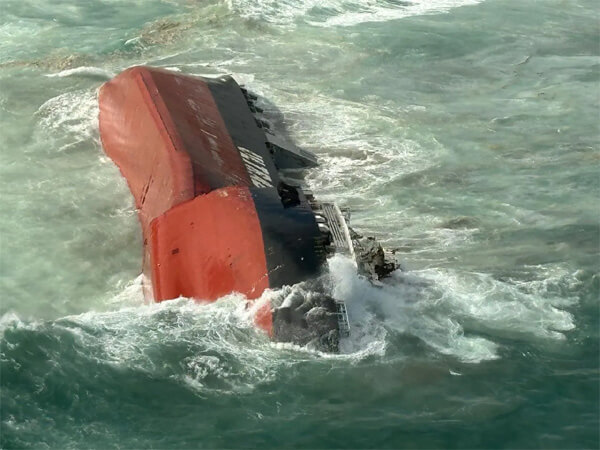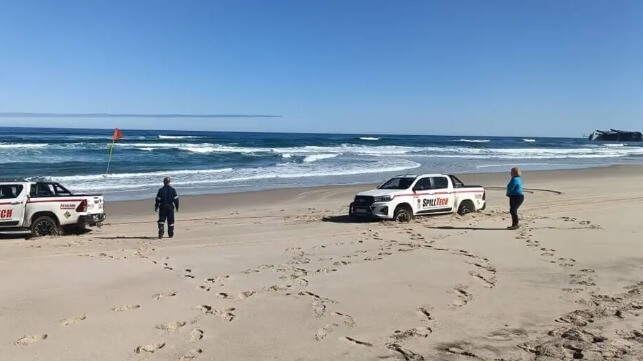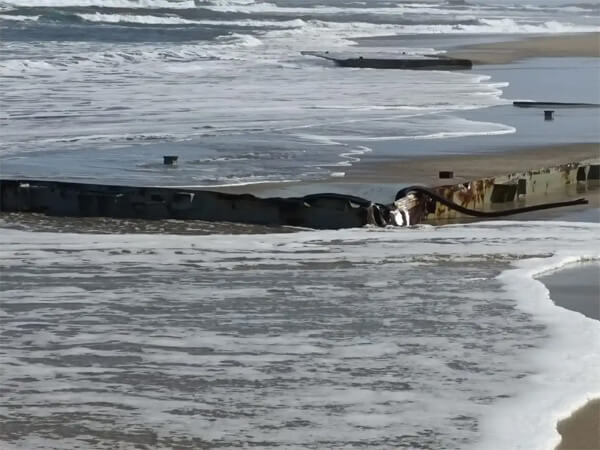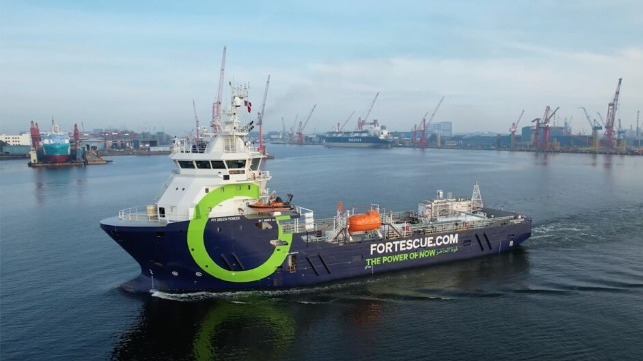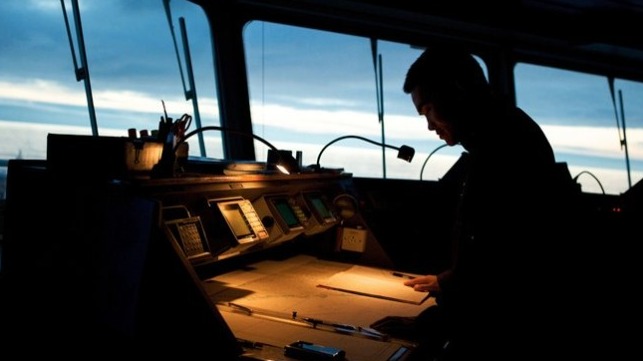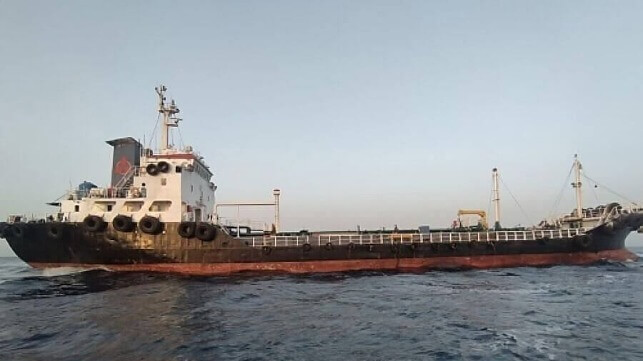Davie Plans to Invest in American Shipbuilding
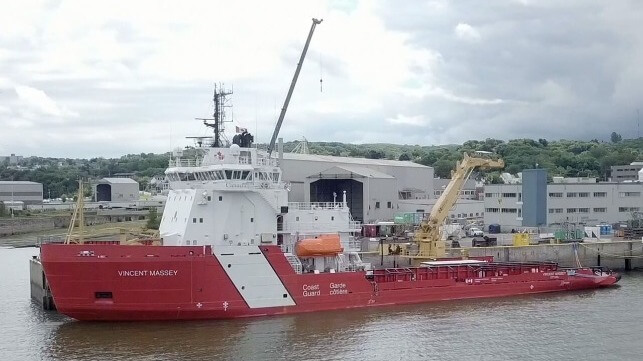
Monaco-owned, Quebec-based shipbuilder Davie has decided to make a "significant, long-term commitment to the American shipbuilding industry" with an investment in a new site. The decision was announced simultaneously by the shipbuilder and by the Biden administration, which included it alongside an array of recent shipbuilding initiatives.
According to the White House, Davie will make a "major investment in a U.S. shipyard" after final site and partner selection. Contenders were not named.
Davie has positioned itself as an icebreaker specialist by securing the Canadian Coast Guard's three-ship heavy icebreaker contract and by acquiring Finland's Helsinki Shipyard. Helsinki - previously a Russian/Cypriot-owned asset - has built more than half of the world's icebreaker fleet.
In the same announcement as Davie's pending investment, the White House highlighted the role of Louisiana-based Bollinger Shipyards in the U.S.-Finland-Canada "ICE Pact," or "Icebreaker Collaboration Effort." American-owned Bollinger holds the contract for the U.S. Coast Guard's Polar Security Cutter icebreaker project, the replacement for the 1976-built USCGC Polar Star.
The Polar Security Cutter program is about three to five years behind schedule, according to the Government Accountability Office and the Congressional Research Service. The first hull was due to deliver this year and will now likely be completed in 2028-9. This will require the Coast Guard to maintain the aging Polar Star for an equivalent period; the ship's challenging maintenance requirements include annual drydocking, and if she stays in service until the expected delivery of the PSC, she will be over 50 years old by the time of retirement.
Challenges in the Polar Security Cutter program include design maturity, workforce scarcity and the need to re-learn the technical process of icebreaker construction after a 50-year nationwide lapse. Bollinger says that it has seen improvements in hiring since the start of the year, and it is addressing the technical aspects by building up to eight "low risk" hull modules to examine procedures and techniques.
The Coast Guard did not request any new funding for the PSC program in the FY2025 budget, and it is expected to rebaseline the program schedule to reflect the delays. Given increasing activity and ease of access in the Arctic, and the challenge of maintaining Polar Star past her planned retirement date, the PSC is one of the Coast Guard's top acquisition priorities.
In advance of the NATO summit in Washington earlier this month, the White House National Security Council announced a new pact with Canada and Finland to build "best-in-class Arctic and polar icebreakers . . . in each of our respective countries" by leveraging each partner's shipbuilding expertise. The ultimate objective, according to the White House, is to build American-made icebreakers for sale to allies so that the cost of the series could be spread among multiple nations. As the sole American yard with an icebreaker contract, Bollinger will play a key role in this initiative.
"We have made, and will continue to make, significant, long-term investments in our facilities, infrastructure and workforce," said Ben Bordelon, Bollinger Shipyards President and CEO, in a statement announcing the ICE Pact. "Our goal is to create a world-class American-owned shipyard capable of producing the first fleet of American-made polar icebreakers in over half a century, and we’re honored that responsibility lies with Bollinger."
